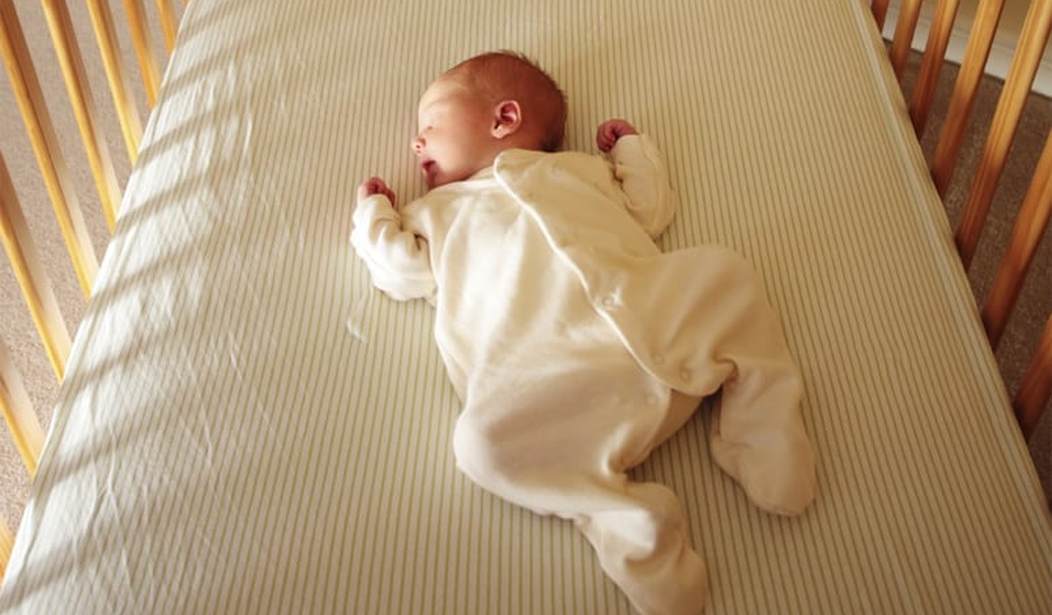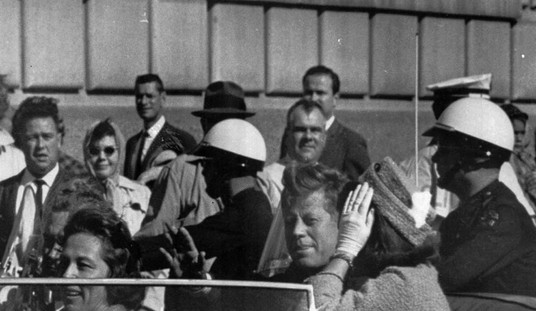The American Academy of Pediatrics has updated its recommendations for a safe infant sleeping environment to avoid Sudden Infant Death Syndrome (SIDS) in its first update to Academy policy since 2011. Approximately 3,500 infants die each year from sleep-related afflictions.
The AAP is now recommending that infants sleep in the same room as their parents, in a separate crib or bassinet, for at least the first six months, and preferably until the baby turns one. Couches, armchairs or any other soft surfaces are not considered to be safe environments for a sleeping baby.
The policy statement and an accompanying technical report was released Monday, Oct. 24, at the AAP National Conference & Exhibition in San Francisco.
The report also included these tips for parents:
- Place the baby on his or her back on a firm sleep surface such as a crib or bassinet with a tight-fitting sheet.
- Avoid use of soft bedding, including crib bumpers, blankets, pillows and soft toys. The crib should be bare.
- Share a bedroom with parents, but not the same sleeping surface, preferably until the baby turns 1 but at least for the first six months. Room-sharing decreases the risk of SIDS by as much as 50 percent.
- Avoid baby’s exposure to smoke, alcohol and illicit drugs.
- Skin-to-skin care is recommended, regardless of feeding or delivery method, immediately following birth for at least an hour as soon as the mother is medically stable and awake, according to the report.
Breastfeeding is also recommended as an added protection against SIDS. After feeding, the AAP encourages parents to move the baby to his or her separate sleeping space, preferably a crib or bassinet in the parents’ bedroom.
“If you are feeding your baby and think that there’s even the slightest possibility that you may fall asleep, feed your baby on your bed, rather than a sofa or cushioned chair,” said Lori Feldman-Winter, MD, FAAP, member of the Task Force on SIDS and co-author of the report.
“If you do fall asleep, as soon as you wake up be sure to move the baby to his or her own bed,” she said.
“There should be no pillows, sheets, blankets or other items that could obstruct the infant’s breathing or cause overheating.”
While infants are at heightened risk for SIDS between the ages one and four months, new evidence shows that soft bedding continues to pose hazards to babies who are four months and older.
Other AAP recommendations include:
- Offer a pacifier at nap time and bedtime.
- Do not use home monitors or commercial devices, including wedges or positioners, marketed to reduce the risk of SIDS.
- Infants should receive all recommended vaccinations.
- Supervised, awake tummy time is recommended daily to facilitate development.
Mobiles are a no-no once the baby begins to push up on his or her hands and knees, or by five months, whichever comes first, the AAP says, because there is a risk of strangulation once the baby can reach the mobile.
So that leaves a pretty bare, no-frills crib for baby.
The recommendation that parents avoid crib bumpers and blankets has been out there for years, but this was the first I’d heard of it. Pillows have been verboten forever, of course, because of the the obvious suffocation hazard. But the removal bumpers, blankets, and toys seems a bit much.
I used crib bumpers for all six of my kids to protect them from hitting their heads against the hard crib slats, and to prevent their little limbs from getting stuck between them. That was the entire purpose of them—or so I thought. Now the experts say it is much safer to have a bare crib rather than one laden with bumper pads, blankets, and toys—and they have data to back it up.
The good news is, there are breathable mesh crib liners that have hit the market in recent years which are designed to greatly reduce the risk of suffocation.









Join the conversation as a VIP Member